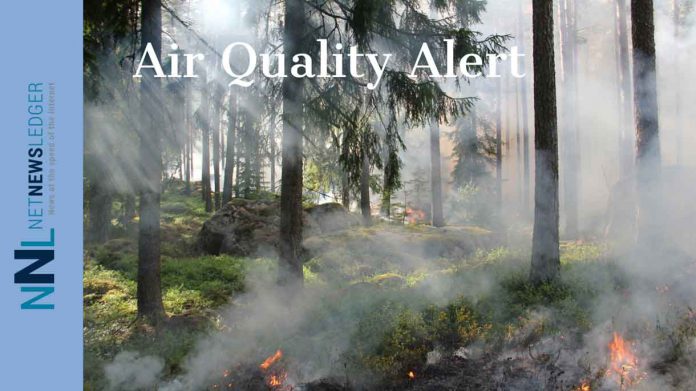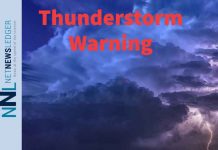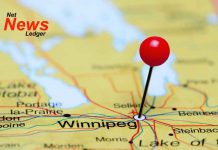Smoke from various forest fires threatens air quality potentially until Thursday
Rising air pollution levels are a result of smoke originating from local forest fires, blazes in northern Alberta, and the Great Slave Lake region in the Northwest Territories. Air quality may remain compromised in some areas until the end of the week.
Wildfire smoke can significantly alter air quality within short distances and can change hour by hour.
Health Implications: Wildfire smoke, even at minimal concentrations, can pose health risks for everyone. Those particularly vulnerable include individuals with lung or heart conditions, the elderly, children, pregnant individuals, and outdoor workers. It’s crucial to discuss with your healthcare professional about management strategies during wildfire events and ensuring an adequate supply of essential medications.
In case of breathing discomfort or other health concerns:
- Reduce or cease physical activities.
- Seek medical guidance if severe symptoms arise.
- Monitor the Air Quality Health Index (AQHI) and be attentive to your symptoms. Drink water to aid your body in handling the smoke.
Home Safety Measures:
- For HVAC users, a MERV filter (preferably rated 13 or higher) is recommended. Alternatively, utilize a portable HEPA air cleaner.
- Keeping windows and doors shut, if temperatures allow, helps maintain indoor air quality.
- To reduce exposure outdoors, consider using a well-fitted N95 or equivalent respirator.
Community Care:
- Regularly check on neighbours or relatives who might be more affected by the smoke.
- Minimize indoor pollution: Avoid smoking, burning candles, frying foods, or using wood stoves.
- For emotional well-being, contact mental health providers or explore resources at Wellness Together Canada.
For guidance on mitigating health risks and minimizing personal pollution contributions, visit airhealth.ca.







